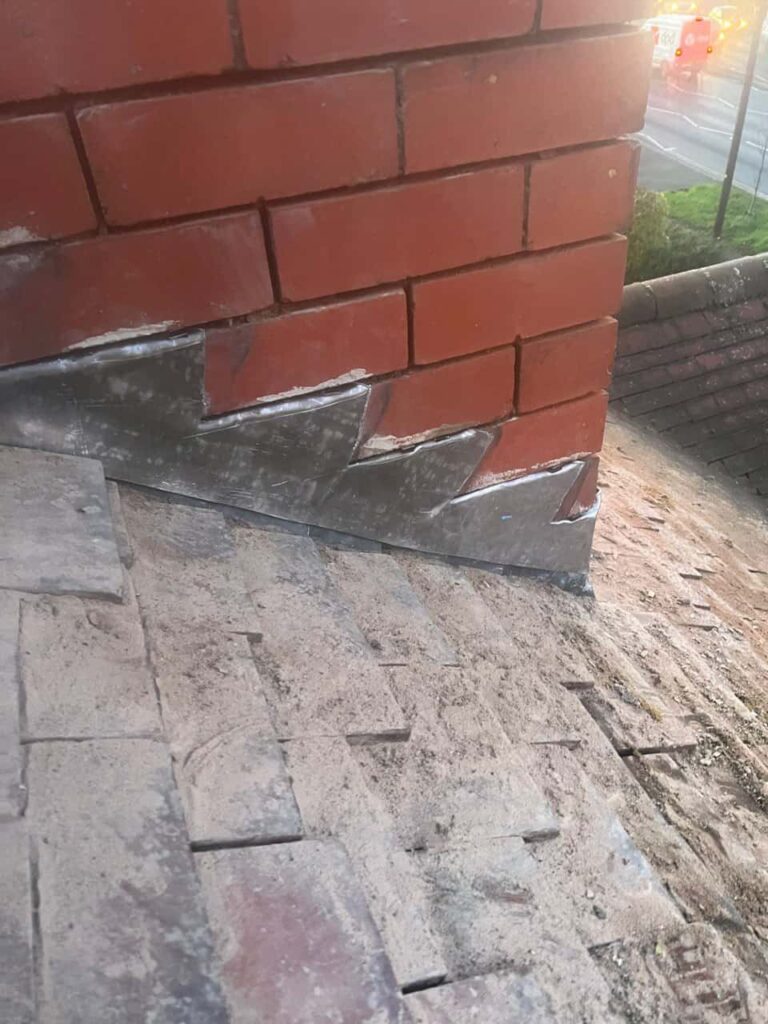Understanding the Different Types of Flat Roof Membranes
Introduction: Flat roofs are popular for many commercial and residential properties due to their modern appearance and practicality. However, the effectiveness of a flat roof largely depends on the quality and type of membrane used. At NRS Roofing Thrapston, we aim to provide a comprehensive understanding of the different types of flat roof membranes available, helping you make an informed decision for your property.
1. Built-Up Roofing (BUR) Membranes
What It Is: Built-up roofing (BUR) is one of the oldest and most traditional flat roof systems. It consists of multiple layers of bitumen and reinforcing fabrics, creating a durable and waterproof barrier.
Components:
- Layers: A layer typically includes a base sheet, multiple layers of bitumen (usually asphalt), and a final layer known as the cap sheet.
- Reinforcement: Uses materials such as fibreglass or polyester to reinforce the bitumen layers.
Benefits:
- Durability: Known for its long lifespan and resistance to heavy foot traffic and harsh weather conditions.
- Waterproofing: Excellent waterproofing properties due to the multiple layers of bitumen.
- Fire Resistance: Offers good fire resistance compared to some other roofing materials.
Considerations:
- Installation Complexity: This requires skilled installation due to the layering process and the need for proper ventilation.
- Weight: The multiple layers can make BUR systems relatively heavy, which may require additional structural support.
2. EPDM (Ethylene Propylene Diene Monomer) Membranes
What It Is: EPDM is a synthetic rubber membrane widely used for its flexibility and durability. It is available in black and white varieties and is typically installed in large sheets.
Components:
- Material: Made from synthetic rubber, providing excellent flexibility and weather resistance.
- Installation: Comes in rolls that are adhered to the roof surface with adhesive or mechanically fixed.
Benefits:
- Flexibility: Highly flexible and can accommodate building movements without cracking.
- Weather Resistance: Excellent resistance to UV rays, ozone, and temperature fluctuations.
- Low Maintenance: Requires minimal maintenance and is resistant to many chemicals.
Considerations:
- Seam Integrity: Seams are typically heat-welded or glued; proper seam integrity is crucial to prevent leaks.
- Aesthetic: Black EPDM can absorb heat, which might not be ideal in hot climates.
3. TPO (Thermoplastic Olefin) Membranes
What It Is: TPO is a single-ply roofing membrane made from polypropylene and ethylene-propylene rubber. It is known for its heat-welded seams and reflective properties.
Components:
- Material: Composed of a blend of polymers and fillers that offer durability and reflectivity.
- Installation: Typically installed in large, heat-welded sheets to form a seamless, watertight surface.
Benefits:
- Energy Efficiency: Highly reflective, which can reduce cooling costs by reflecting sunlight away from the building.
- Seam Strength: Heat-welded seams provide strong, reliable waterproofing.
- Flexibility: Offers good flexibility and resistance to punctures and tears.
Considerations:
- Chemical Resistance: TPO is generally chemical resistant, but compatibility with specific substances should be verified.
- Colour Options: Mostly available in light colours to enhance reflectivity and reduce heat absorption.
4. PVC (Polyvinyl Chloride) Membranes
What It Is: PVC is a single-ply membrane known for its durability, resistance to chemicals, and ease of installation. Due to its robustness, it is often used in commercial settings.
Components:
- Material: Made from polyvinyl chloride, providing a tough, weather-resistant surface.
- Installation: Typically installed using adhesives or mechanical fasteners, with seams heat-welded for waterproofing.
Benefits:
- Durability: Highly resistant to UV rays, chemicals, and environmental pollutants.
- Waterproofing: Heat-welded seams ensure strong, waterproof joints.
- Flexibility: Offers good flexibility and can handle building movements effectively.
Considerations:
- Cost: Generally more expensive than some other membrane options.
- Environmental Impact: Production and disposal of PVC can have environmental implications, though modern formulations aim to reduce this impact.
5. GRP (Glass Reinforced Plastic) Membranes
What It Is: GRP, also known as fibreglass, is a composite material consisting of polyester resin reinforced with glass fibres. When cured, it forms a hard, durable surface.
Components:
- Material: Consists of a fibreglass mat impregnated with resin and topped with a gel coat.
- Installation: Applied as a liquid that cures to form a seamless, tough membrane.
Benefits:
- Seamless Finish: Provides a completely seamless, waterproof surface.
- Durability: Highly resistant to UV rays, weathering, and physical damage.
- Low Maintenance: Requires minimal upkeep once installed.
Considerations:
- Installation Time: Installation can be time-consuming due to the curing process.
- Cost: It can be more expensive than some other roofing options.
Conclusion: Choosing the right flat roof membrane involves considering factors such as durability, weather resistance, installation methods, and cost. Each membrane type has unique advantages and is suited to different needs and conditions.
Call us on: 01832 778 362
Click here to find out more about NRS Roofing Thrapston
Click here to complete our contact form and see how we can help you with your roofing needs.

